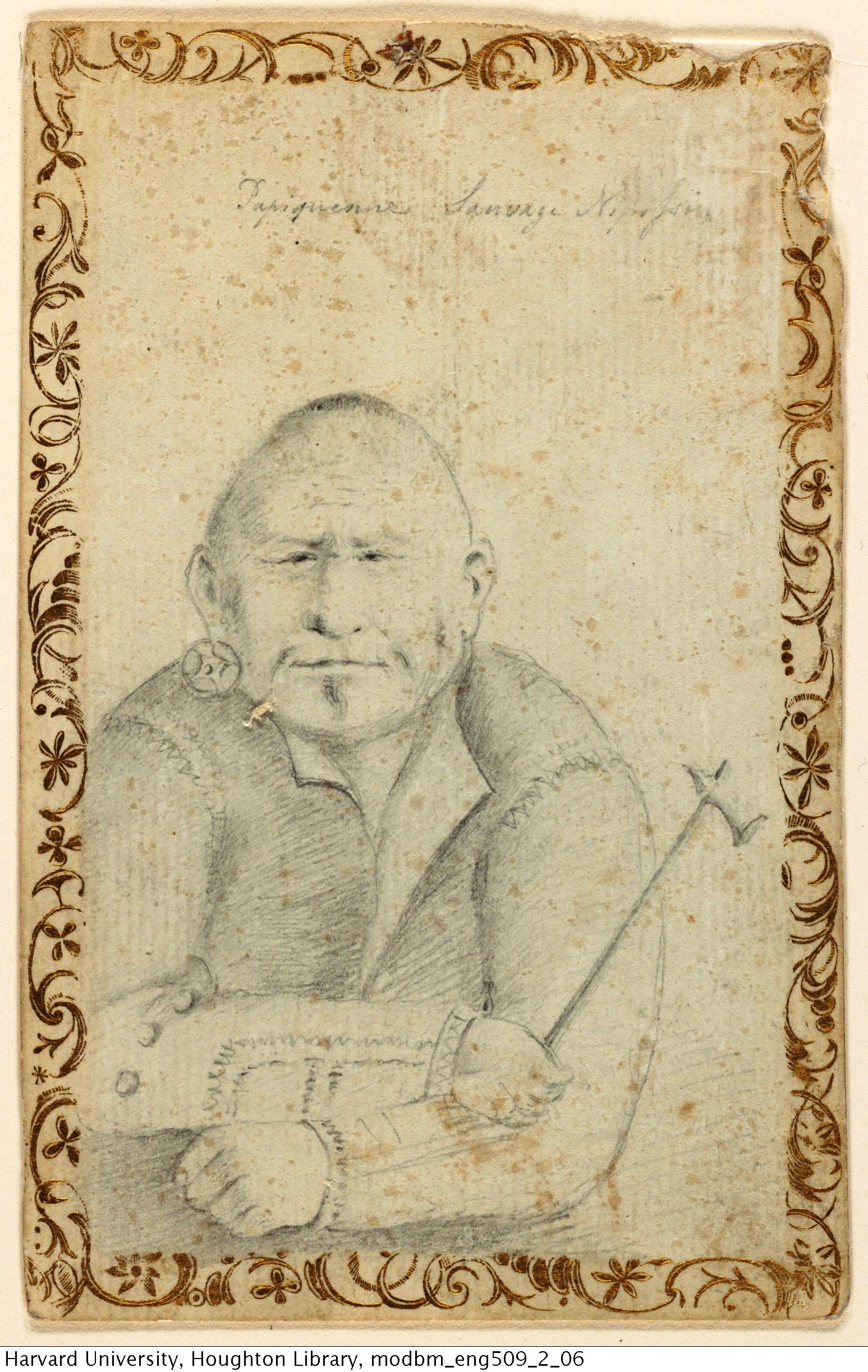
By: Leo David Wiltshire
As an intern, I remember learning on my first day that I was working on behalf of the Crown, not First Nation communities in Ontario. This very revelation made me realize that there was a public misconception on what negotiators and historical researchers are doing at the Ministry of Indigenous Affairs. At one of our monthly meetings we were tasked with creating an effective message that would appeal to the Ontarian Public and the Crown (yes, I'm really referring to Queen Elizabeth II). Our efforts plunged into arguments among Indigenous peoples, shrewd researchers who saw it as their mission to defend Crown land, and legal analysts (among others) who knew from the very beginning that this would be a fruitless task. I'm paraphrasing, but at that very moment one researcher stood up and said something that brought the room to silence: All of what we discuss in this room will eventually be known to the public!
Ongoing Land Boundary Dispute
This level of contradiction and frustration has made its way into the work I produce for the Negotiation and Reconciliation division. My first research assignment was the Nipissing First Nation Indian Reserve (IR) No. 10 boundary land claim. Upon Chief Shabokishick's signature, the Nipissing First Nation was granted a land reserve through the Robinson-Huron Treaty, 1850. It clearly states that the boundaries of the reserve ran from Lake Nipissing to the nearest Hudson Bay post, "6 miles in depth." Considering the location of that Hudson Bay post back in 1850 (which was the Sturgeon Lake) and comparing it to the current reserve on Google Maps might leave you scratching your head. What the heck happened to the reserve?

18th century sketch of Nipissing Man (Credit: Wikipedia)
A Personal Struggle
Well, I wish I could tell you but I can't! The Ministry commissioned Public History Inc. (among other research firms) to investigate the changing land boundaries since the Treaty's inception. As a historical researcher, it is incredibly difficult to investigate a land dispute and produce credible information that reflects the reality of the situation. For myself, it was incredibly difficult not to feel personally overwhelmed with what I discovered about the reserve, and I was not the only one letting my emotions get out of control. My research advisor instructed me not to get personally involved with my work because it can distort my reasoning. I felt great purpose that the Ministry instructed me to produce a historical timeline of the land dispute. I remember consulting my mother about how I was feeling and she made me realize that I was finally learning how the real world works.
Since the historical reports by Public History Inc. is classified information, I'm unable to discuss what I learned. I can, however, echo the sentiments of that revered researcher during our messaging debacle: It will eventually be known to the public.
To learn more about related issues, click on the following:
- Nipissing annuity dispute
- Nipissing Chief Scott Macleod on marijuana, governance agreement, and assisted living for elders
